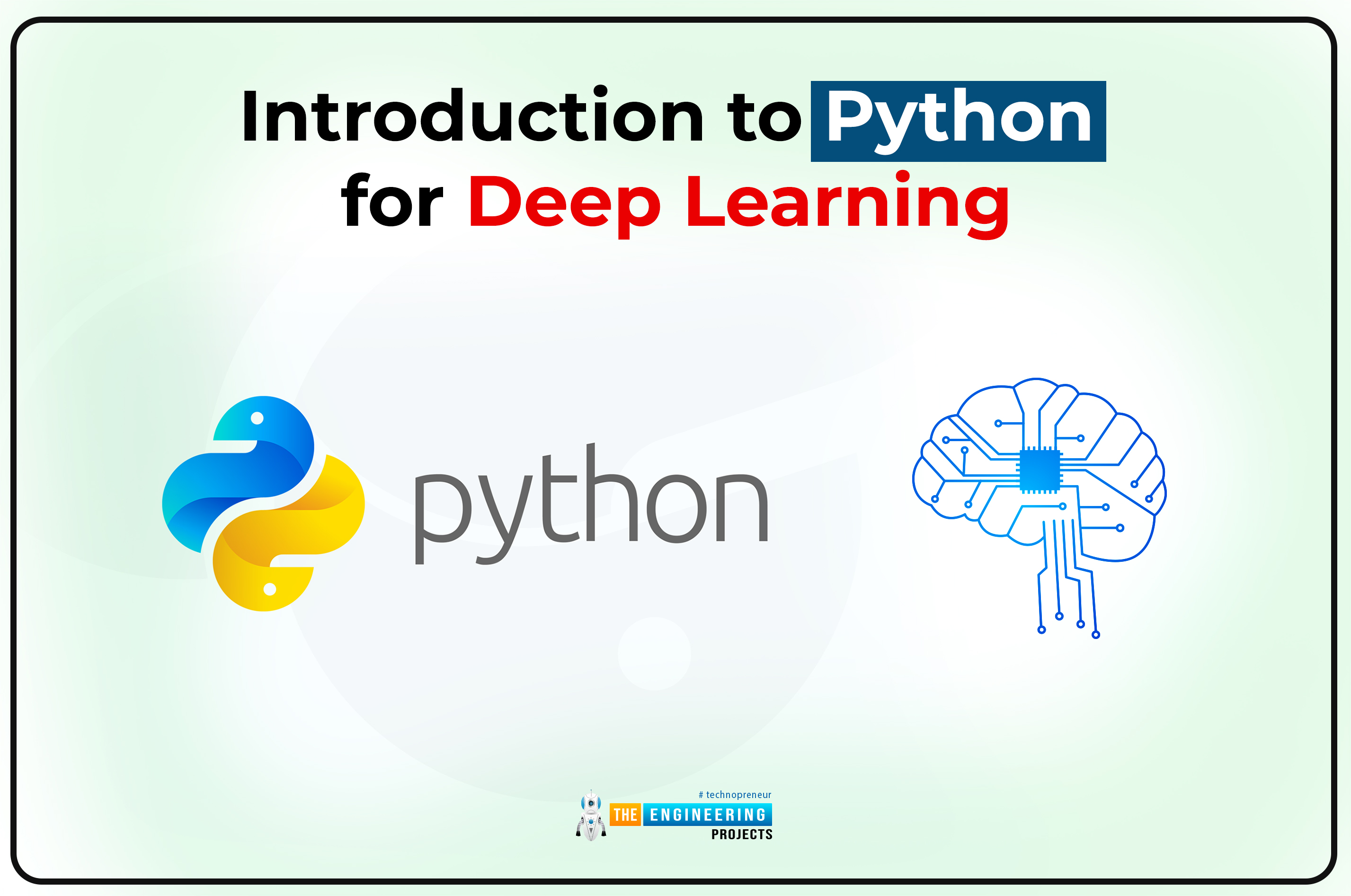

Getting Started with Python in TensorFlow


Hey students! Welcome to the fantastic tutorial of this series, where we are talking about deep learning. Till now, the discussion has been about artificial intelligence, deep learning, and TensorFlow, but today’s lecture will change the type of discussion from the previous one. You will see that we will now talk a lot about the Python programming language and will connect all the discussions with TensorFlow. You will see the reason for both of these choices in just a bit, but before that, I want to show you the list of the concepts that will be cleared today:
What is the Python programming language when we are talking about deep learning?
Why did we select Python for deep learning when there were other options?
What is the importance of TensorFlow when we are learning deep learning by keeping Python as our programming language?
What is the Tensor Processing Unit?
Do we have the projects on GitHub for inspiration for the learning of this course?
Introduction to Python for Deep Learning
The general introduction to the Python programming language differs. You can see the introduction of Python in a different way. Still, as we are learning it for the sake of deep learning, I am keeping that perspective in mind and introducing it as:
"Python is the programming language that seems to be ideal for deep learning because it has special libraries and an AI-based structure of working that makes it perfect for AI and related fields."
We have some other options for the working of deep learning subjects, but Python is one of the most convenient languages if we are talking about the syntax, working, or cleanliness of the programming language. You will see more points that prove the importance of Python for the working and learning of the subject and the applications of the deep learning subject in the next section.
Why Python for the Deep Learning?
Artificial intelligence is a different subject from other programming languages. For the implementation of these unique concepts, it is important to have a programming language that provides easy working and other different facilities for the best performance. Python is near all these requirements, and our discussion will be clear with the evidence of some points about Python given next:
Simplicity of Python
The first and most important point that every Python lover mentions is the simplicity of this programming language, which is a plus among other options for programming languages. Python provides us with clean and simple syntax in which simple lines perform complex operations, and you do not have to take care of difficult syntax such as semicolons at the end of every line, etc. In this way, developers have to focus on machine learning and deep learning instead of solving the difficult and small eros that are difficult to detect by the user. This language is close to the human language, and Python is one of the most popular programming languages because programmers are attracted to its ease, especially beginners.
Consistency in Python Language
When it comes to deep learning, the first thing to remember is consistency. It is because of the complex and unique concepts involved in the training process that every learner faces while practicing artificial intelligence and related subjects. As a result, Python is the programmers' first choice because it is less error-prone and has the fewest lines of code for the various functions used in deep learning.
People who use Python are the most consistent in deep learning while working with it because it is a general-purpose language, and thus various types of training and work can easily be done with the help of this language; you do not have to work on different programming languages and get almost all of the work done with Python.
Interesting Frameworks and Libraries of Python
Working with machine learning is not an easy task, and if you start from scratch without the proper working environment, it may be difficult for you to understand and then train the neural networks in a better way. The Python frameworks and environment greatly assist programmers in this regard, and the majority of the work is ready for use by learners. In this way, they can have the easiest way to understand the concepts and then apply them with the help of Python frameworks in a better way.
To understand the importance of libraries in deep learning, it is better to understand the true meaning of libraries in programming languages:
"The software library in the programming language is defined as the set of pre-defined codes presented already for the users that perform the common tasks in just a few simple steps, and programmers do not have to write the same code again and again to perform these common tasks."
Python has fantastic libraries that are not only useful in deep learning but are proving efficient in different fields. When you move forward in this course, you will see this in action. There are several libraries in Python, but those that are closely related to machine learning are the source of attraction for us. Some of these libraries are listed below:
For machine learning and related fields such as deep learning, we can use Keras, TensorFlow, and Scikit-Learn. We have had a great discussion about these libraries in the past, and I believe you understand why they are important to us. Yet, if you are interested, you must know that scikit-learn has many algorithms related to clustering that include random forest, k-means, gradient boosting, and many others that are working best in this field.
Numpy is used in scientific research and data analysis.
SciPy is also used for advanced computing, and as you might expect, the "Py" denotes that it is a Python library. Moreover, Panda is used for the data analysis.
Platform Independence for Deep Learning
When talking about programming languages, the independence of the platform is important because the ease of the platform does not work if you feel uncomfortable learning these languages. Python provides us with independence because of its multipurpose libraries and ease of working. No matter if you are a Windows user or have macOS, you can use this language for your learning and its applications. For all types of operating systems, you can create standalone codes with the help of Python. In other words, no interpreter is required, and your code can be used on multiple operating systems.
Other features are also discussed in the previous lectures, such as the great community and the help of professional developers in those communities that are best for a learner to grow in a professional way. Usually, the problem that the programmer faces is unbearable because a simple code is enough to stop your work. In such cases, it feels like a blessing to have a large community that has faced, experienced, solved, and tackled the same technical issue and has the experience to solve your problem in an efficient way.
Here, let us again review the process of working in the deep learning applications and then make up our minds as to how all the features of the Python programming language are helping us at every step of the deep learning applications.
TensorFlow and Deep Learning
Till now, we have seen the features of TensorFlow and read a lot about the perfect match of this library with deep learning, but now I am going to start working on it, so it is important to know why and how this library was introduced to the market and what the features are that make it perfect for this course.
In 2015, Google launched TensorFlow under an Apache license, and at that time, it was a unique and interesting library that attracted people towards it without any delay. This was the reason why, in 2019, Google represented its updated version with the name "TensorFlow 2.0." If you are wondering why people use it with this interest, then you must know that it provides flexibility, and therefore, several applications are available for the users of TensorFlow in the market.
TensorFlow is one of the most popular libraries in the fields of research and commercial use. The ability to run with the help of more than one CPU and GPU provides us with tremendous speed and fantastic applications that are not possible in all libraries. In other words, we can say the architecture of TensorFlow makes it popular.
Tensor Processing Unit
This may be a new term for you, and we have not put much light on this topic before; it will not be used in our course, but today I found it important to discuss it with you because we should know each and every important point about our focused library. In 2016, Google announced the application-specific integration circuit, or ASIC, that was specifically designed for machine learning and was customized with TensorFlow.
The proper introduction to this ASIC can be given as follows:
"The Tensor Processing Unit is a programmable artificial intelligence accelerator designed to provide high throughput for low-level precision, such as 8 bits, and to use the running mode rather than training the system."
The updated versions of the Tensor Processing Unit have more performance, and the detail can be seen in the given table:
Name of Version |
Year of Announcement |
Performance in teraflops |
1st generation TPU |
2016 |
N/A |
2nd generation TPU |
2017 |
11.5 |
3rd generation TPU |
2018 |
420 |
The fourth generation was also introduced, with performance that was twice as good as the previous versions. When announcing the TPU for the first time, Google revealed that it has been using it for more than one year and is getting perfect results and better performance from its system.
TensorFlow Projects on Github
If you are a professional programmer, then you must know the importance of GitHub in different fields of computer science. Usually, it is simple to describe the significance of a code or piece of software based on its popularity among GitHub programmers because it allows developers and programmers to practice their codes with the help of this fantastic community. When it comes to TensorFlow, you will be surprised to learn that there are over 1500+ projects available for you to practice and learn TensorFlow, as well as learn about the practical applications of Python with TensorFlow. One of the best things about this library is the constant updating that makes it the real cherry on top. Thus, if you are a user of TensorFlow, you will get more and more interesting features all the time, and your skills will never get old. Not only that, but the older versions have the best working features, so if you are not ready to try the updated features, you can easily use the older ones and add creative ideas in the perfect way, so the choice is entirely in your hands.
Hence, it was an interesting and fantastic lecture in which we learned a lot about the Python programming language and TensorFlow. We had previously read about both of these, but this time we were going to start the practical implementation, so we learned it thoroughly while keeping previous knowledge in mind. We started with a basic introduction to Python and read a lot about it with the goal of deep learning. Moreover, after that, we have seen the reasons why we are choosing TensorFlow for the practical implementation because we have other options as well, but TensorFlow is our best choice. Today, the interesting thing was the information about the Tensor Processing Unit which is an ASIC designed with TensorFlow maybe, you will see its practical working in the future in this tutorial but right now, we have the focus on the TensorFlow basics and you will learn it in the coming tutorials. Till ten, you have to practice more and more about the concepts that we are describing in our sessions.








 1 user
1 user






 Continue Wishlist
Continue Wishlist





 Getting Started Guide
Getting Started Guide
 Help Center
Help Center
 Contact us
Contact us
 Doist Blog
Doist Blog
 Privacy
Privacy
 Security
Security
 Terms of Service
Terms of Service
 What's new: Channel Descriptions
What's new: Channel Descriptions





 Python
Python ayeshayounas
ayeshayounas 0 Comments
0 Comments








 2.3k
2.3k
 953
953
 921
921
 2.1K
2.1K
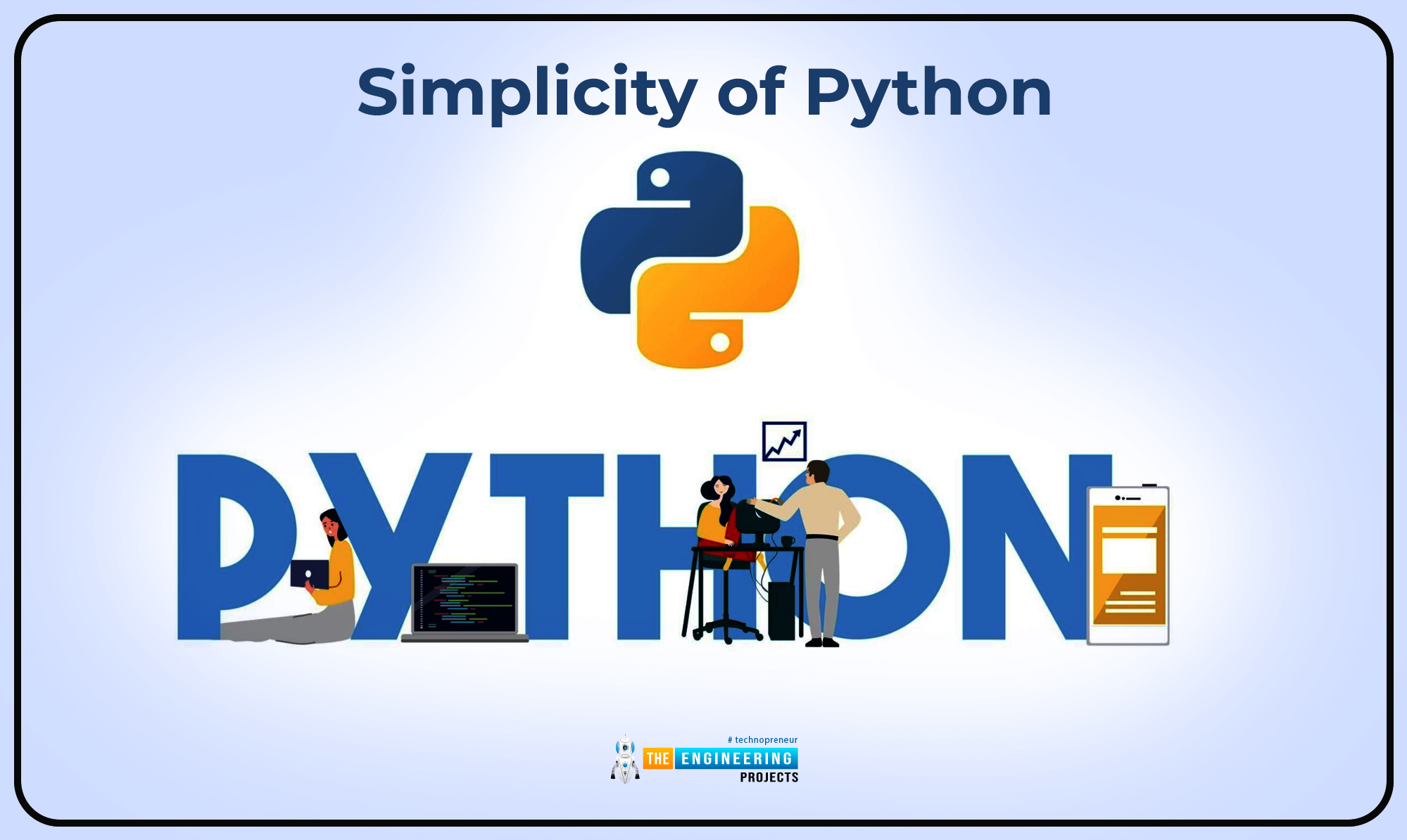
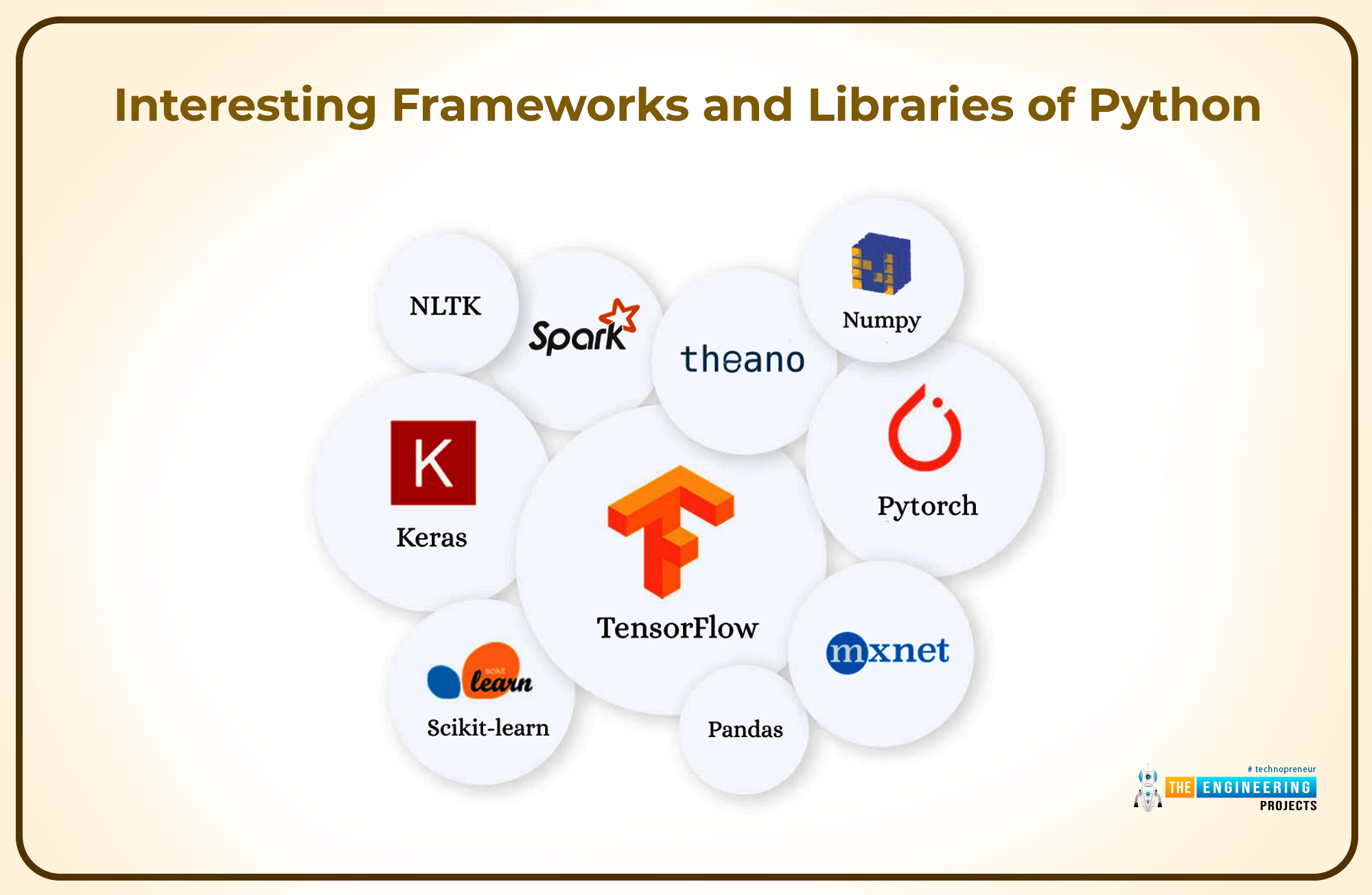
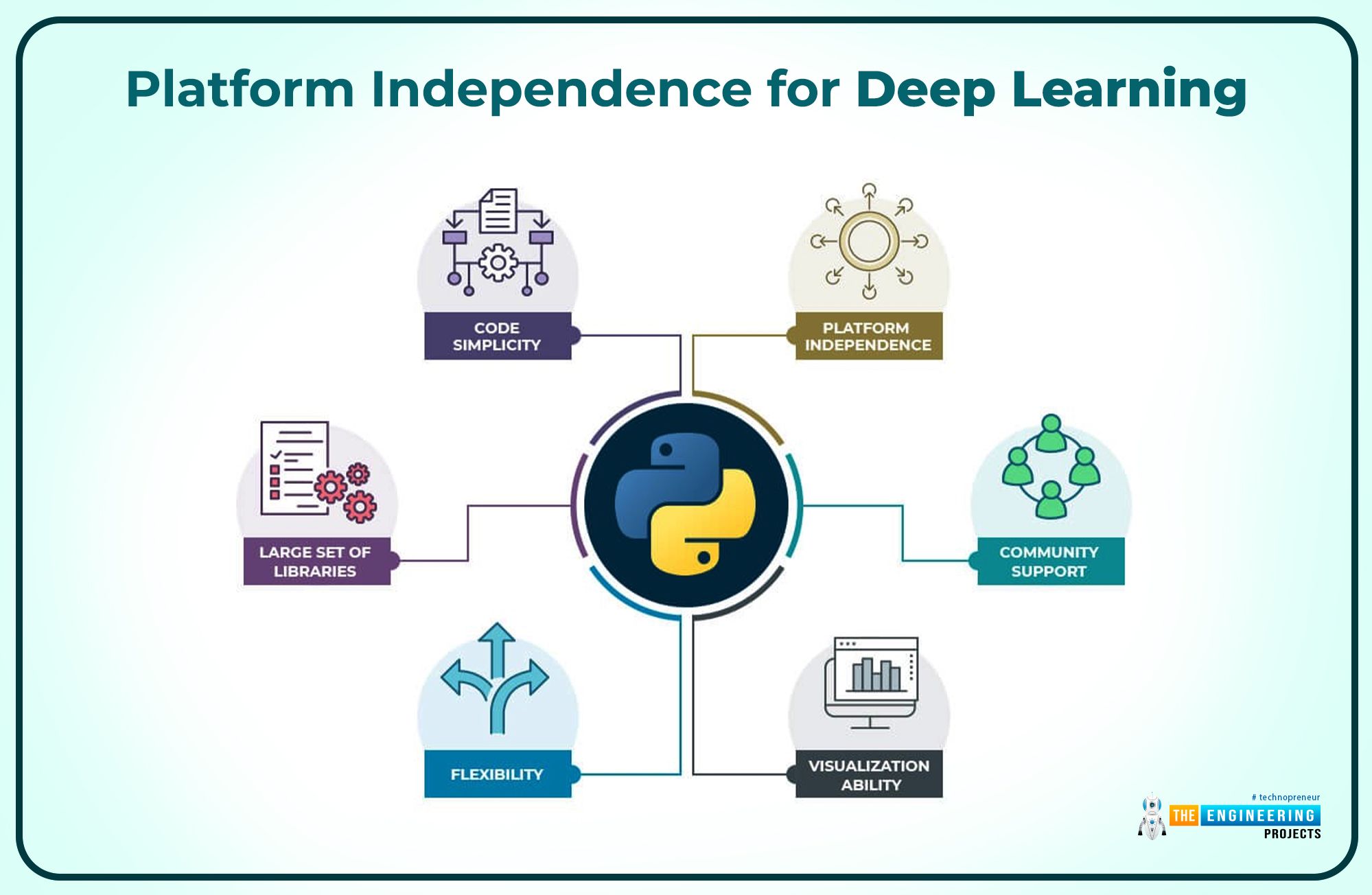
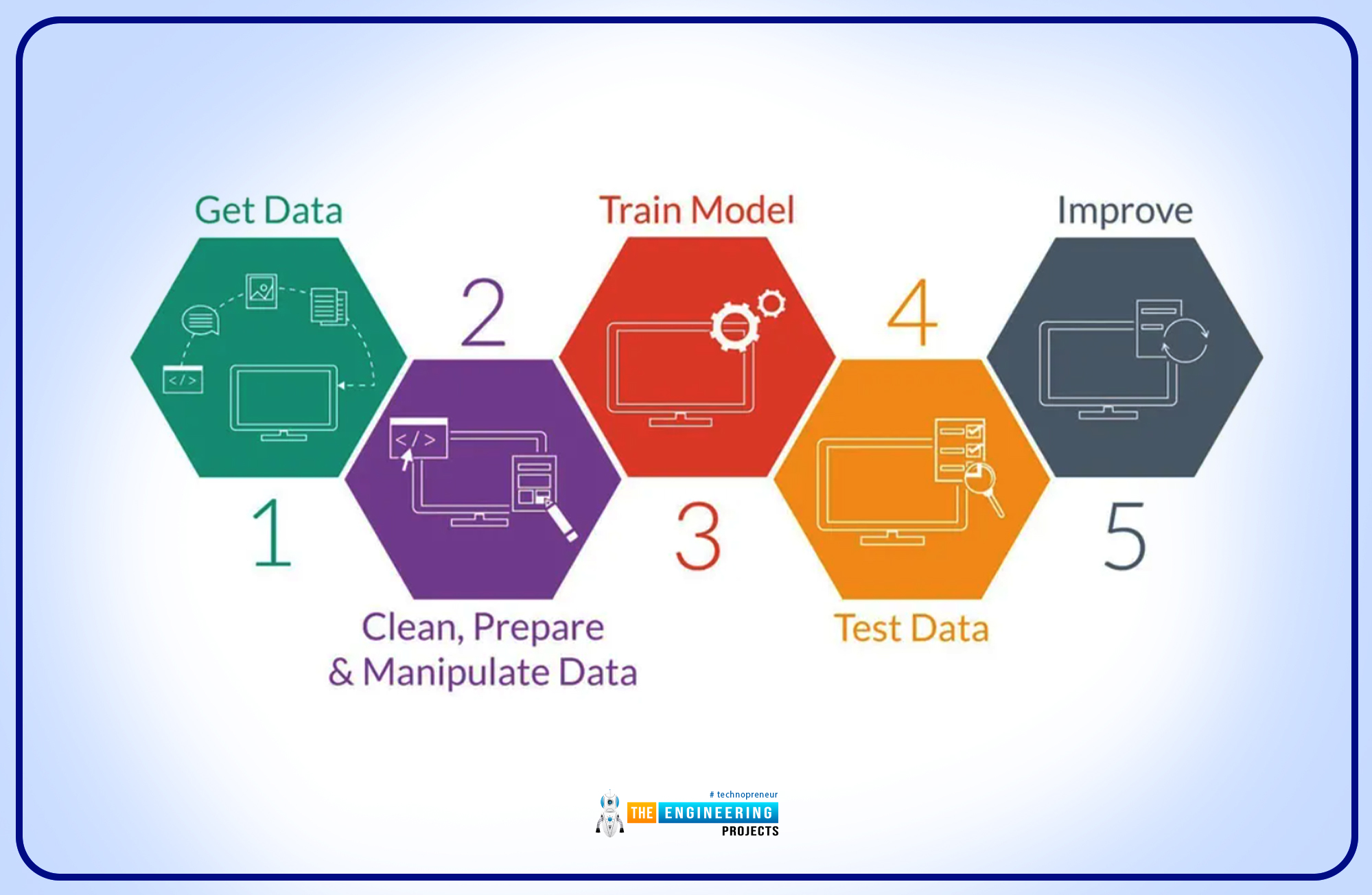

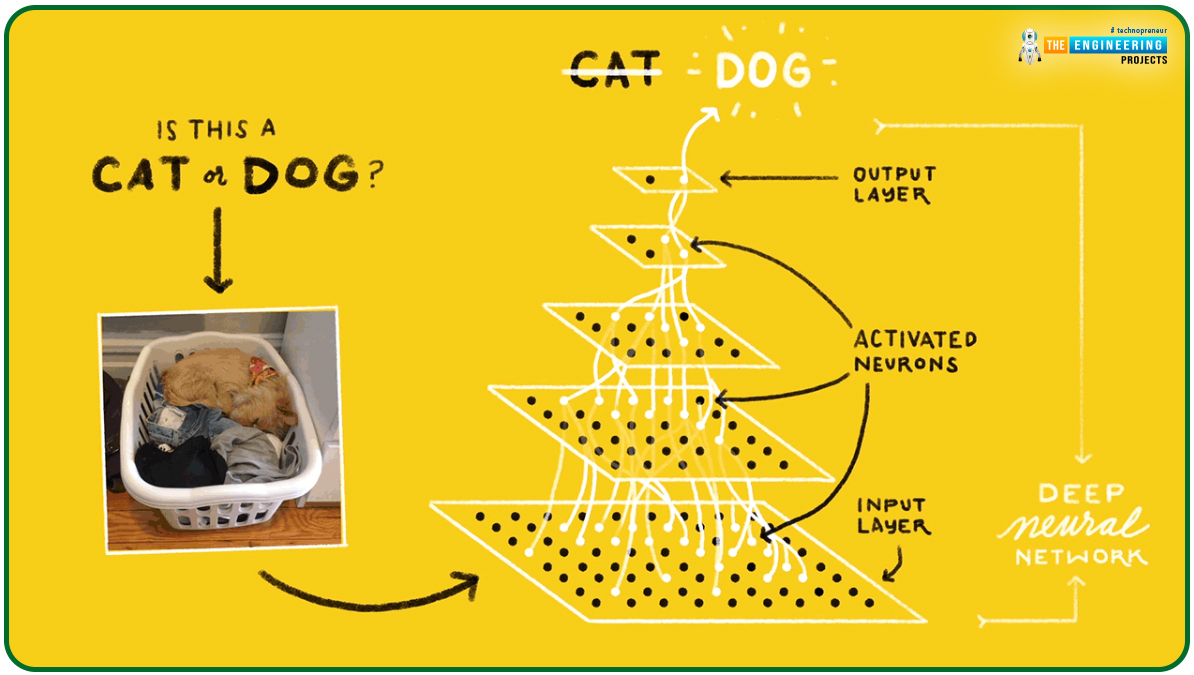
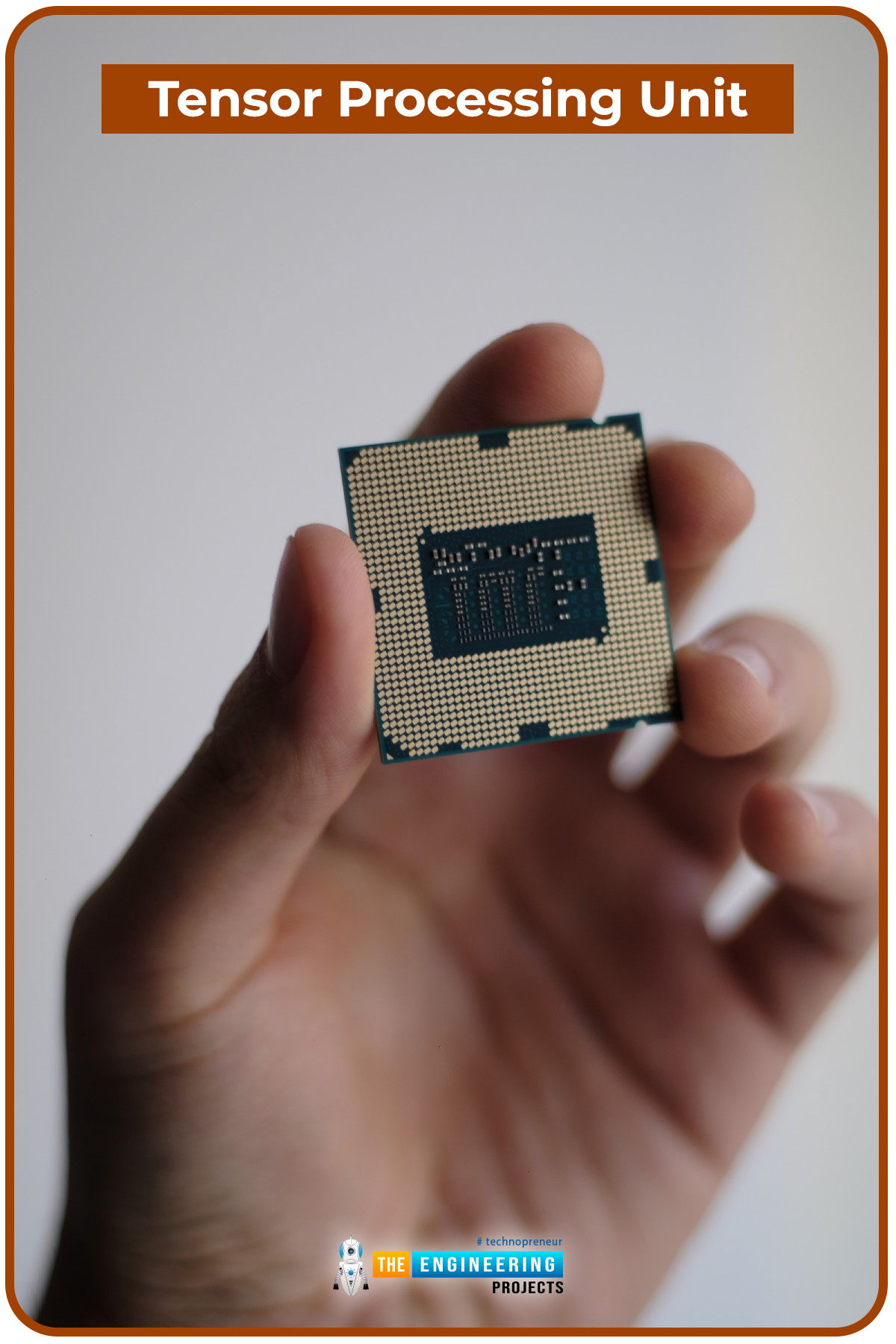

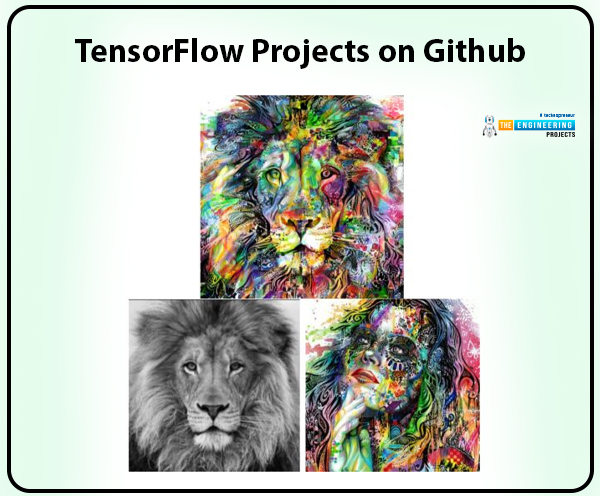
 Getting Started with Python in TensorFlow
python tensorflow
tensorflow python
python in tensorflow
deep learning python
python deep learning
Getting Started with Python in TensorFlow
python tensorflow
tensorflow python
python in tensorflow
deep learning python
python deep learning
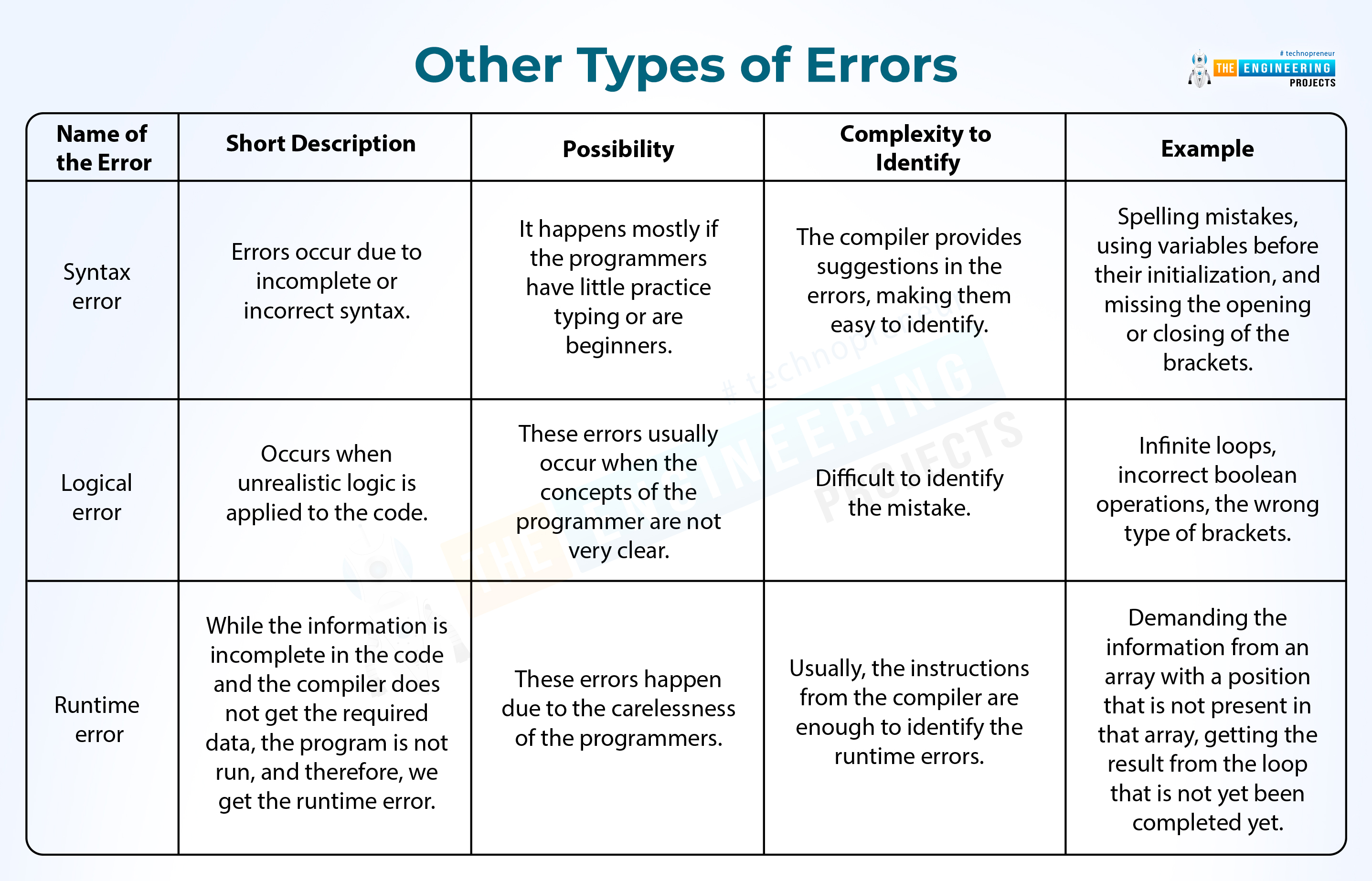
 Saturday, January 7, 2023
Saturday, January 7, 2023
























